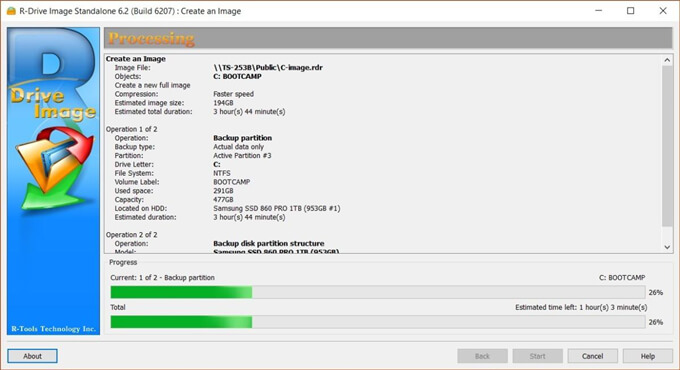

Mori (2002) analyzed the anthocyanin profiles of 13 grape hyacinth species and showed that flowers of these species accumulate delphinidin (Dp) and cyanidin (Cy) instead of pelargonidin (Pg).

Of the 52 grape hyacinth species currently known, over 90% produce flowers ranging in color from light blue to very dark blue (some varieties are almost black), although albino forms are also known. Grape hyacinth ( Muscari spp.) is a popular ornamental plant with bulbous flowers noted for their unusual blue color. Our results also make a valuable contribution to understanding the basis of color variation in the genus Muscari.Īnthocyanins are the most common pigment compounds responsible for orange, red, purple, and blue colors in many plant species.

In summary, MaDFR has a high preference for dihydromyricetin, and it could be a powerful candidate gene for genetic engineering for blue flower colour modification. Additionally, the heterologous expression of MaDFR in tobacco ( Nicotiana tabacum) resulted in increasing anthocyanin accumulation, leading to a darker flower color, which suggested that MaDFR was involved in color development in flowers. The results suggest that both the N135 and E146 sites are essential for the activity of MaDFR. However, when both of them were mutated, the catalytic activity of MaDFR was lost completely. The activity of MaDFR was not affected whenever the N135 or E146 site was mutated. To further verify the substrate-specific selection domains of MaDFR, an assay of amino acid substitutions was conducted. This indicated that there may be other functional genes responsible for the loss of red pelargonidin-based pigments in Muscari. However, in vitro enzymatic analysis revealed that the MaDFR enzyme can reduce all the three types of dihydroflavonols (dihydrokaempferol, dihydroquercetin, and dihydromyricetin), although it most preferred dihydromyricetin as a substrate to produce leucodelphinidin, the precursor of blue-hued delphinidin. Quantitative real-time PCR (qRT-PCR) and anthocyanin analysis showed that the expression pattern of MaDFR had strong correlations with the accumulation of delphinidin, relatively weak correlations with cyanidin, and no correations with pelargonidin. In our study, we clone a novel DFR gene from blue flowers of Muscari.

Muscari species have been thought to accumulate delphinidin and cyanidin rather than pelargonidin-type anthocyanins because their dihydroflavonol 4-reductase (DFR) does not efficiently reduce dihydrokaempferol. Grape hyacinth ( Muscari spp.) is a popular ornamental plant with bulbous flowers noted for their rich blue color.


 0 kommentar(er)
0 kommentar(er)
